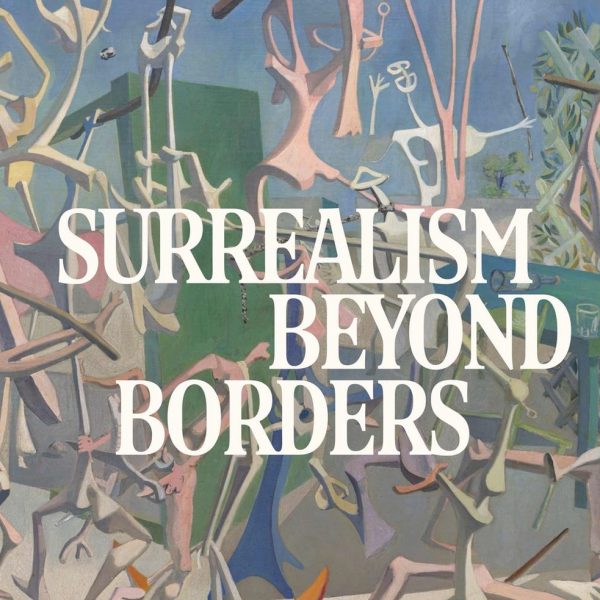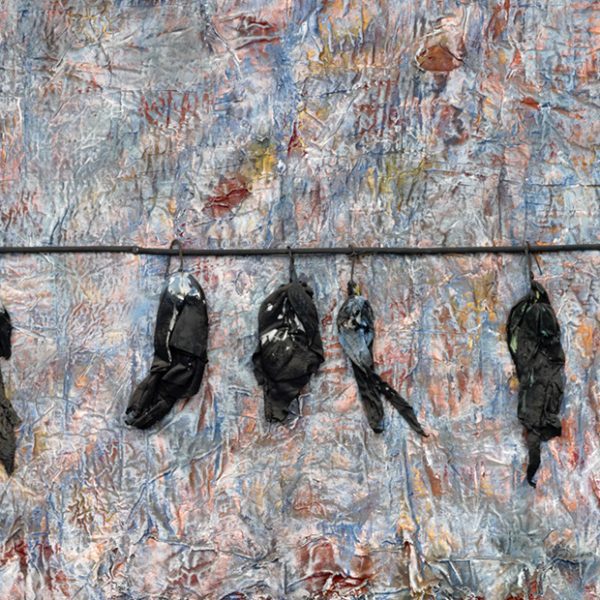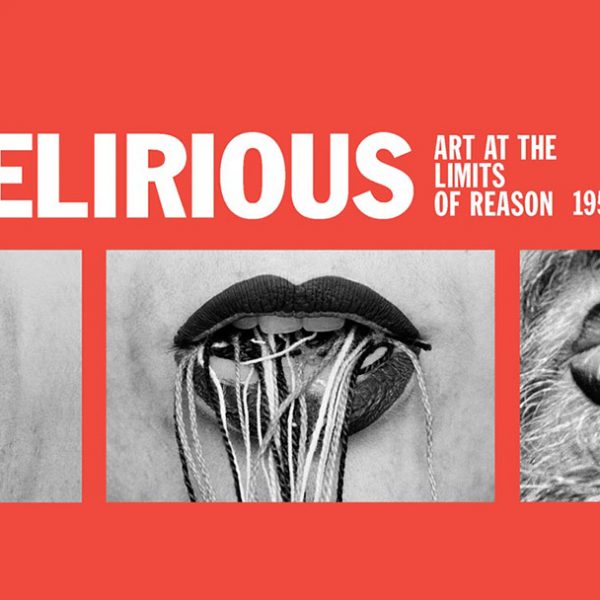Museum Quality Books: Sculpting with Shadow
Mark Polizzotti has translated more than forty books from French, including the newly released Suspended Sentences by this year’s Nobel laureate in literature, Patrick Modiano. Mark wrote a lovely commentary on translating Modiano for the Yale Books Unbound blog. Mark is also the publisher and editor in chief at The Metropolitan Museum of Art, and today we’re very happy to share a guest post in which he turns his attention to the subject of the photography of art objects.
Mark Polizzotti–
Let’s talk about photography. Specifically, photography of art objects. More specifically, museum-published photography of three-dimensional art objects. For decades, and to a large extent still today, Museum Standard has been to show the object against a neutral gray background, lit to within an inch of its life like a startled deer in headlights.
The reasons are self-evident: museum-produced art books, especially exhibition or collection catalogues, have traditionally been conceived as documentary, a record of an event or holding. The point was to show the work of art in its entirety, or as close to it as technology allowed (a concern now made somewhat redundant by websites and 360-degree rotating views). If a single photograph couldn’t represent the sculpture or statue in the round, at least it could show every nick, nook, and burnish of the angle depicted. Scholarship was served, and one could reasonably claim to have seen the work without actually having visited it.
But as we all know, the experience of seeing a 3-D object “in the flesh” changes drastically depending on lighting conditions, time of day, size, elevation, shifting viewpoint, and other imponderables. A two-dimensional photograph, even a beautiful close-up detail, is hard pressed to compete with the effect of standing at the foot of a Michelangelo, or an El Anatsui, or a Romanesque portal. Some of the experience is inevitably lost in the translation from physical object, with its volume and millions of hues, to flat, four-color representation.
How can photography remedy this loss? Despite what we might think, not so much through light as through its absence. Light is, of course, central to photography’s ability to capture an image. But it is darkness, the collaborative interplay of illumination and obscurity, that helps convey the contours and living, breathing presence of a work, and that best replicates the type of viewing that one is liable to enjoy in its natural setting. If the gold standard for two-dimensional works is color accuracy (or, more to the point, color-convincingness), I would posit that the primary goal for images of three-dimensional works should be the aura and drama of the object itself. Paradoxically, that drama becomes more emergent, the object more informative, because of what we don’t see, just as brilliant sunshine is given definition by shade. (Think of a building facade in bright sunlight, and how much more sculptural it looks when the windows are carved out by strong shadows.)
Some might protest that obscuring the object deprives the viewer of part of its reality. I’d argue on the contrary that the object’s reality, including first and foremost the emotional impact of seeing it up close and personal, is better reflected when some visual information is withheld – assuming one withholds the right information. As with any seduction, what you don’t know can be more intriguing than what you do.
Which leads me to my next point: we art book publishers do not publish art; we publish images of art. This seems like a spurious distinction, but I believe it’s an important one. Any work of art, two- or three-dimensional, has its own integrity and its own presence, which no reproduction can fully capture. If we are to recreate a measure of that presence in our books, it is through the collaboration of art object and image, on the one hand, and of image and design, on the other. I’ve always taken it as axiomatic that a book about beautiful art is not automatically a beautiful book. But if we’ve done our job well, all three elements – object, image, and packaging – will combine to produce an aesthetically satisfying object in its own right, a truly beautiful book that will stand as an object of both study and desire.
To take one example: the Met recently published a volume of French Art Deco objects from its collection. Among the elements that make this book stand out, in my mind, are the extraordinary photos by Joe Coscia, which take their cue from the visual vocabulary and characteristic lighting of the Art Deco years. To a significant extent, these photos resulted from extensive discussions between the photographer, the book’s author, and the publisher, who together devised an atypical, and highly engaging, style for the imagery. Another example: our exhibition catalogue Lost Kingdoms, on Southeast Asian sculpture. In this case, the photographer, Thierry Ollivier, used strong contrasts of light and shadow to bring out the materiality of the objects. Though some of these objects were created more than fifteen centuries ago, they breathe remarkable life on the page, giving the impression of human portraits rather than pictures of stone sculpture – and, as the reviews attested, contributing to the book’s critical and commercial success.
I’ve used the word “commercial.” The other key collaboration in this process is the partnership between the publisher who produces the book and distributor who pushes it out into the world. Though no publisher is in it “for the money,” and museum publishers surely least of all, we nonetheless have a responsibility to make our books economically viable, as well as intellectually valid. The feedback the Met has received from Yale – its administration and staff, its sales reps, and through them its bookstore accounts – has been invaluable, particularly in gauging the visual content of the books and its importance to both their aesthetic quality and their salability. On that score, message has been clear and consistent, and it boils down to this: encouraging object photography to embrace this extra measure of artistry is essential, not only to the continued viability of art book publishing as an industry – something no one involved with books can afford to ignore – but also, and just as crucially, to our understanding of the objects themselves.
Today’s post is part of the 2014 UP Week Blog Tour — check out today’s other participating blog posts from the University of California Press, the University Press of Colorado, Duke University Press, the University of Georgia Press, McGill-Queen’s University Press, Project MUSE, Texas A&M University Press, and the University of Virginia Press.

























